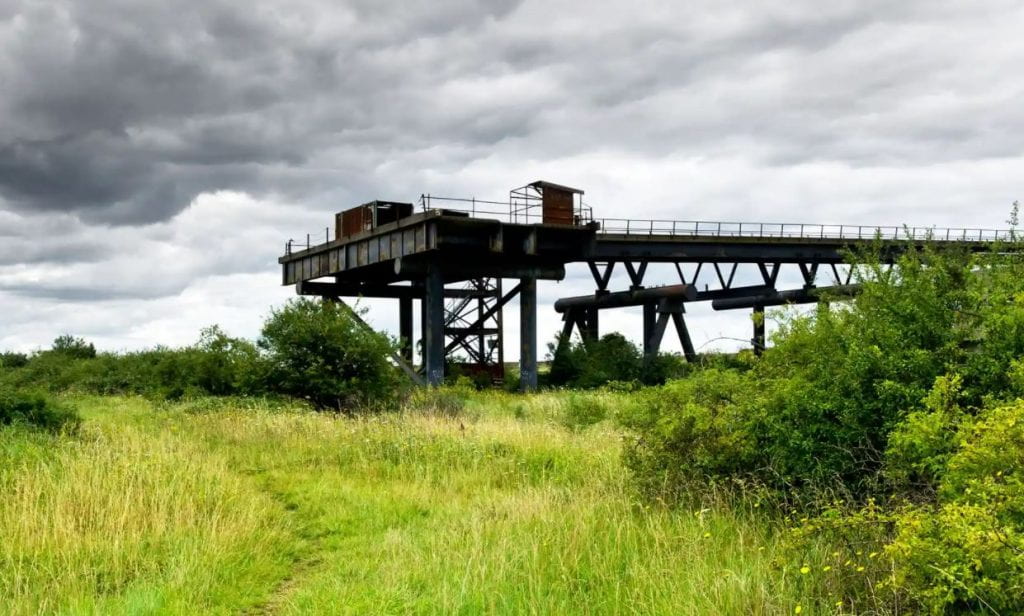If you build it, they will come part2

Brownfield sites have become a lot more important recently. They are sites where there has been human disturbance, can have old buildings, piles of rubble, uneven ground and many different habitats relatively close to each other. Canvey Wick in Essex is a prime example, situated along the Thames and built to process petroleum but shut down before it ever opened. It is now a Site of Special Interest because it has such an enormous biodiversity and is referred to as a ‘brownfield rainforest’ – rainforests being some of the most biodiverse areas in the world. Often, these places have drought-stressed, nutrient poor soils which can be contaminated but they are ideal for not letting any one species of plant become dominant. They often have bare ground which enables invertebrates to warm up quickly in the sunshine. They can often have slopes and different types of soil, some of which may be compacted. All of this offers a refuge to invertebrates who often need two different types of habitat to complete their life cycle.
And why is this so important?
‘If we and the rest of the back-boned animals were to disappear overnight, the rest of the world would get on pretty well. But if the invertebrates were to disappear, the world’s ecosystems would collapse.’
Sir David Attenborough
I have an empty bed on the wildlife plot which I haven’t really known what to do with it. Last year I put a planted wheelbarrow on it but that won’t do this year. So, we are clearing it and going to make it into a more varied landscape for invertebrates. The soil is quite poor – no compost has been added for some years now so that is a good start and it has a slight slope on it. I am going to put a path through it that doesn’t have wood chippings on it just to vary the soil – it will just be compacted soil.

To change the topography (to put it another way, to add some hills) I am going to build mounds like the one in the picture. This is a large circle edged in steel with soil dug out. In the bottom is logs and then grasses, twigs, water piping, corrugated iron all covered over with brick rubble. This is specifically built for any and all types of invertebrate. Another mound will be fine sand – probably at the front of the bed to soak up the sunshine as it is south-west facing, and the third one will have logs on their ends built into the soil at different heights with stones cascading down from it to the south. This will create what is called an open mosaic habitat. In between the mounds I will plant verbascums, cow parsley, fennel, poppies and other plants that I can find but with bare soil visible like brownfield sites have. The bed can then be called The Brownfield Site as each of the beds has a name!
I’ll post pictures as we create the bed. You can see part 1 and part 3 of this series here.